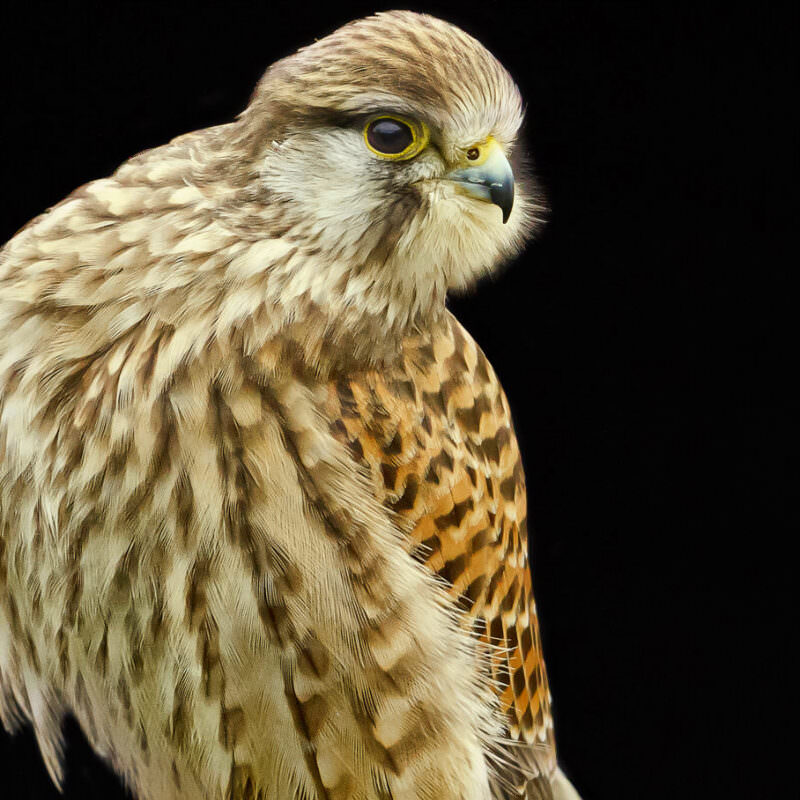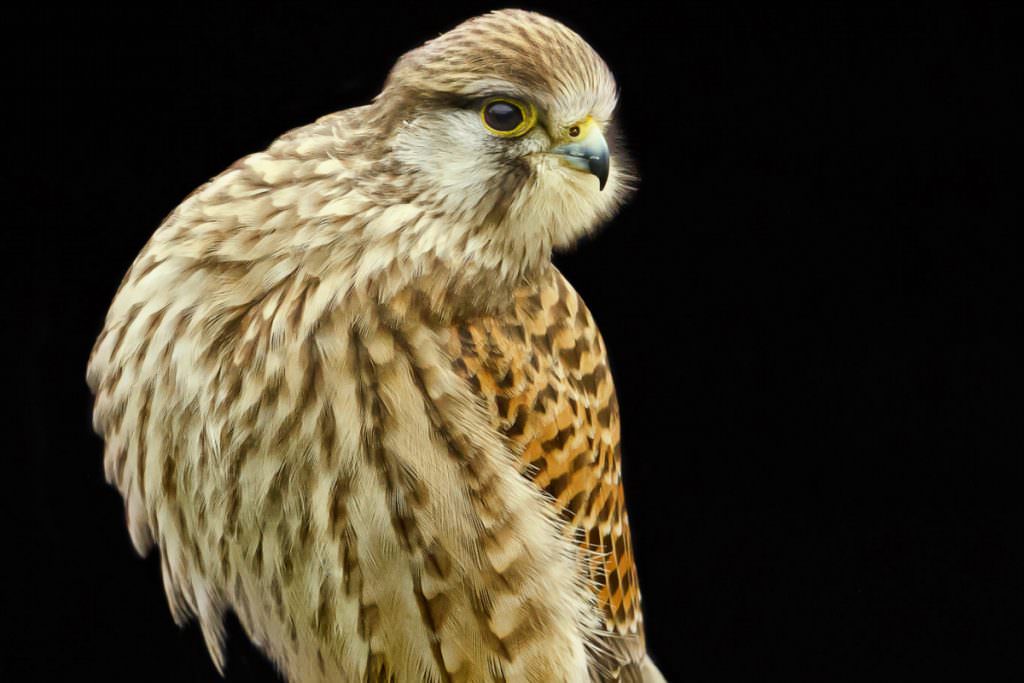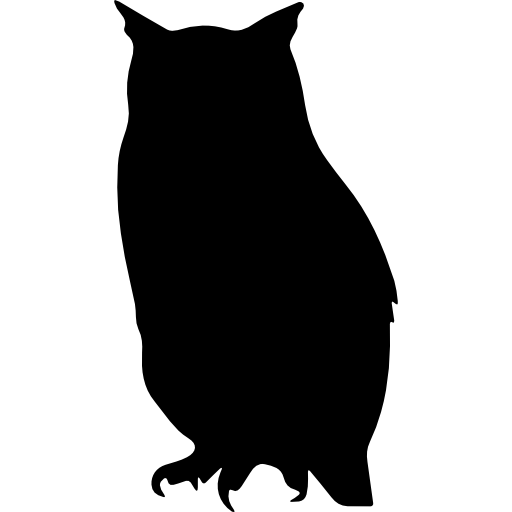
The Kestrel
Falco tinnunculus
The Kestrel is also known as the European Kestrel, Eurasian Kestrel or Old World Kestrel. In Britain, where no other brown falcon occurs, it is generally just called ‘the Kestrel’. The Kestrel is one of the most common birds of prey found in Britain. The population of breeding pairs in Britain is stable.
The male Kestrel has black-spotted chestnut brown upperparts and a blue-grey head and tail. Their tail has a single black bar at the tip. Underneath, the breast is buff coloured with black spots. The female kestrel (or falcon) is darker than the male and their back, mantle and wings all have black barring. Their tail has black barring along its length.
The creamy underparts are more heavily streaked in black than the male. Occasionally, their head and tail may be tinged with grey. Juvenile kestrels are similar in appearance to the female kestrels.

Kestrels are similar in size to the Sparrow hawk, however, kestrels have more pointed wings. They are not fast or powerful fliers and their wing beat is rather ‘flappy’. Kestrels are found in a wide variety of habitats, from moor and heath, to farmland and urban areas.
The only places they do not favour are dense forests, vast treeless wetlands and mountains. They are a familiar sight, hovering beside a motorway or other main road. They can often be seen perched on a high tree branch or on a telephone post or wire, on the lookout for prey.
Kestrels nest in holes in trees or on a ledge on cliffs or buildings and simply line the hole or ledge with sticks and straw. Kestrels do not build their own nests, but use nests built by other species.
Kestrels feed mainly on small mammals, such as voles, shrews, mice and birds as large as Starlings. However, kestrels are adaptable birds and will switch to invertebrates such as beetles, earthworms, grasshoppers or even snails.
In addition to having exceptionally good eyesight, Kestrels can also see ultra-violet light. This is useful in locating voles because they leave a trail of urine wherever they go and the urine glows in ultra-violet light.
Kestrels can be easily identified by their hunting behaviour, hovering low over grassland in search of prey.
Kestrels have keen eyesight enabling them to spot small prey from a distance. They are able to hover at a height of around 10 – 20 metres over open countryside. While hovering, the Kestrels head is kept perfectly still giving it the ability to spot the slightest movements on the ground. When suitable prey is in sight, the Kestrel drops vertically towards the ground, swooping to grab its prey in its talons and killing it with a swift bite. Kestrels can often be found hunting along the sides of roads and motorways. Kestrels also frequently use pylons or telegraph poles as vantage points to spot prey, saving themselves the effort of hovering.

Donations
Here at Yarak Birds of prey we take in birds that are in need of help and strive to accommodate them during their rehabilitation. We have no external funding for this care and rely on donations from the public to continue this work, so please consider helping us in this task.
